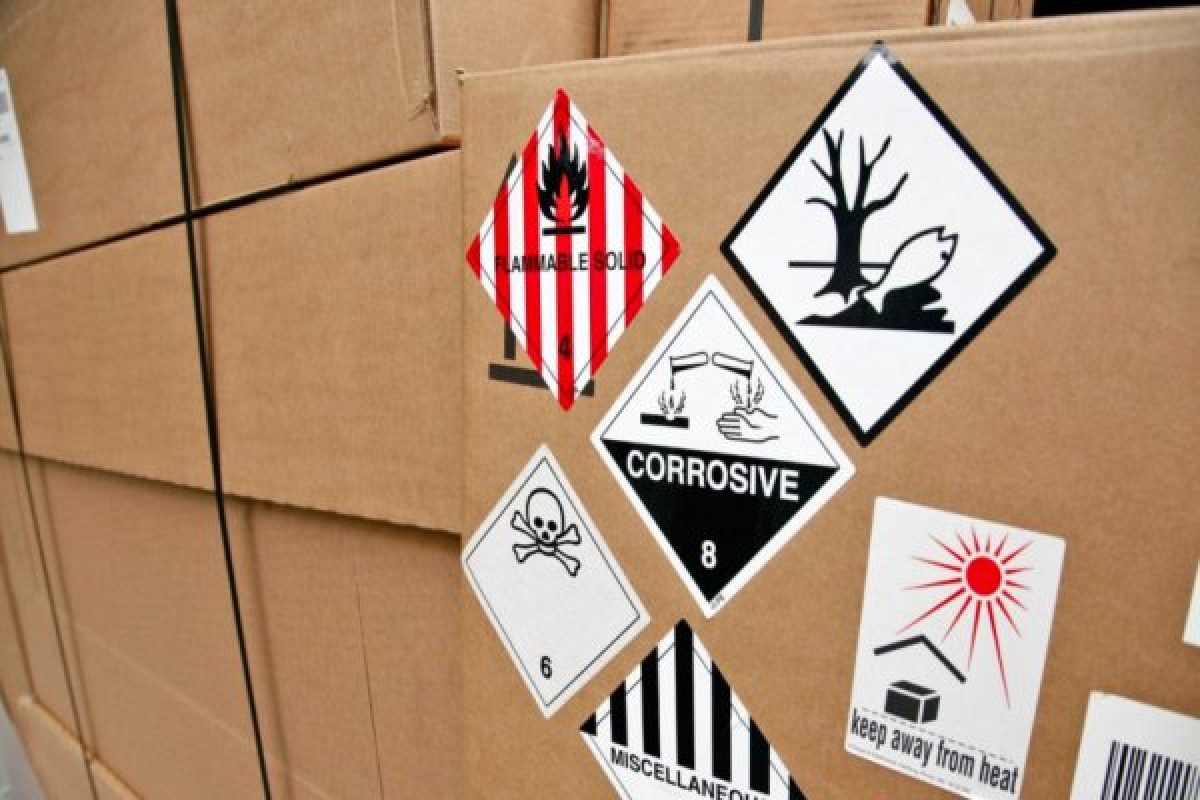We are now all familiar with the concept of restricted items and the need to declare certain articles that pose different levels of risk. Despite this, countries around the world are facing a rise in undeclared dangerous goods being transported by inappropriate means and lacking the correct packaging and paperwork.
Adhering to special protocols for the transportation of dangerous goods in the safest, most efficient way should never be ignored. The fatal crash of a UPS Airlines freighter in 2010 carrying a shipment of combustible materials illustrates the need for strong regulation and infallible preventative measures. More recently, a truck in New Zealand avoided a major catastrophe when it crashed – only because its dangerous goods had been properly documented and packaged.
As the e-commerce industry continues to grow at an unprecedented rate, there should be more awareness than ever of the proper handling of dangerous goods. Yet a certain level of naivety still exists among companies on this subject, who are perhaps put off by the idea of digesting complex regulations. The truth is that adherence is straightforward.
Understanding dangerous goods
Dangerous goods are hazardous materials that are capable of posing an unreasonable risk to health, safety and property when transported. These items are generally either toxic, flammable or corrosive.
It’s important to understand how common hazardous materials can be. Helium tanks and lighter fluid are obvious items on the list, but everyday products like nail polish remover and mothballs can be dangerous too if transported in large quantities. Lithium batteries may be integrated into a variety of electronic goods, making them a hidden danger.
Regulations control how these dangerous goods are packed and properly marked. Comprehensive paperwork must accompany the substances along with instructions in case an emergency response is required. The rules are put in place to protect the consumers and the people who load and unload the cargo: if something is improperly packed, crews of planes or ships could end up coming into contact with toxic substances – in some cases, the outcome can be fatal.
For companies, the guidance is clear: be aware of the risks associated with the packaging, labelling and transport of dangerous goods, and make sure you comply with regulations.
Regulations for transporting dangerous goods
There are different rules for transporting dangerous goods by air, road or sea which you should be familiar with.
The internationally agreed rules for transporting dangerous goods by air are covered by the International Air Transport Association (IATA) International Dangerous Goods Regulations. It’s the most comprehensive and user-friendly reference that ensures your shipments are compliant with the latest regulations.
For any goods you want to send by sea, you may need to complete a dangerous goods notification. The International Maritime Dangerous Goods (IMDG) code provides guidance on transporting dangerous goods by sea.
Regulations vary for moving dangerous goods by road or rail depending on the country of transport; it’s best to check the government website of the country you’ll be operating in. In Europe, for example, the agreed rules for transporting dangerous goods by road are covered by ADR. Always be aware of current regulations and follow them strictly, as company owners face heavy fines and even prison sentences if found to be in breach of rules.
Sprint Logistics is a premium logistics and mailing services company for worldwide customers looking for bespoke solutions. Our team of experts manage international fulfilment solutions, supply chain management and global warehousing for a wide variety of businesses, each with their own set of different needs.
If you have any questions about preparing the shipment of dangerous goods, or if you have any other query regarding delivery and distribution, please don’t hesitate to get in touch.




